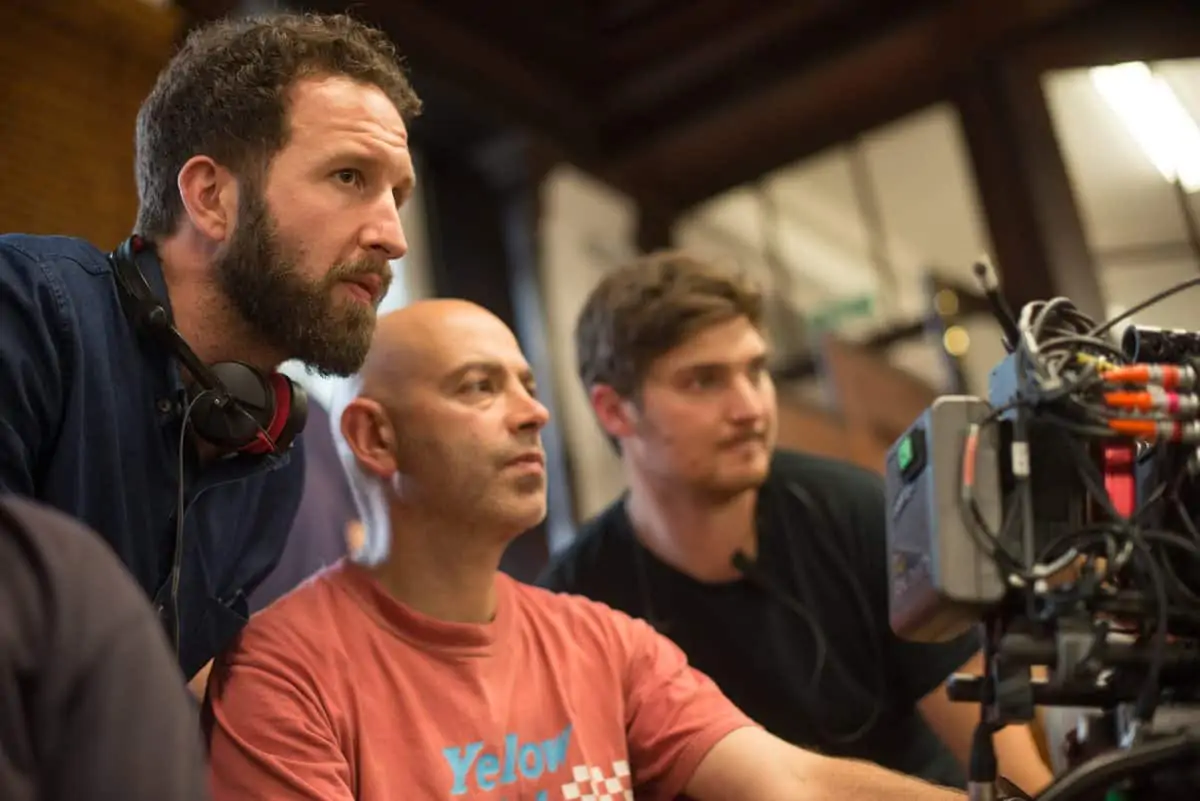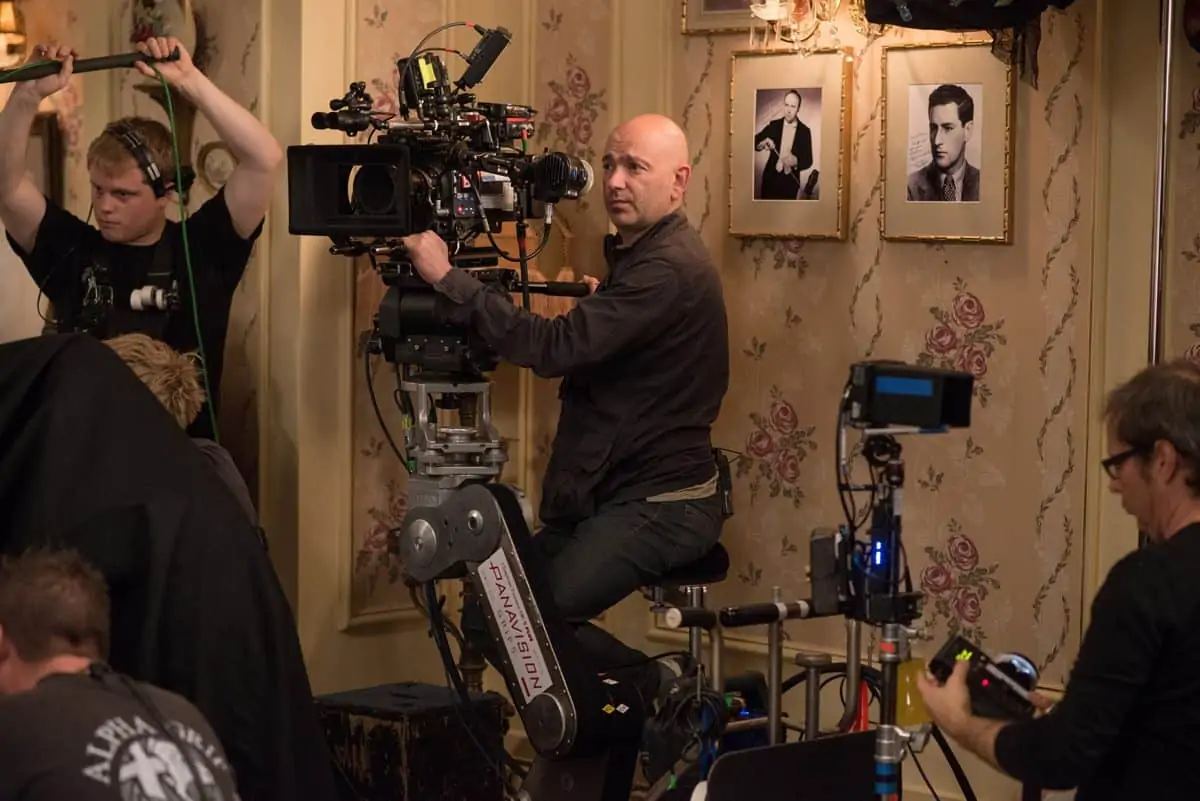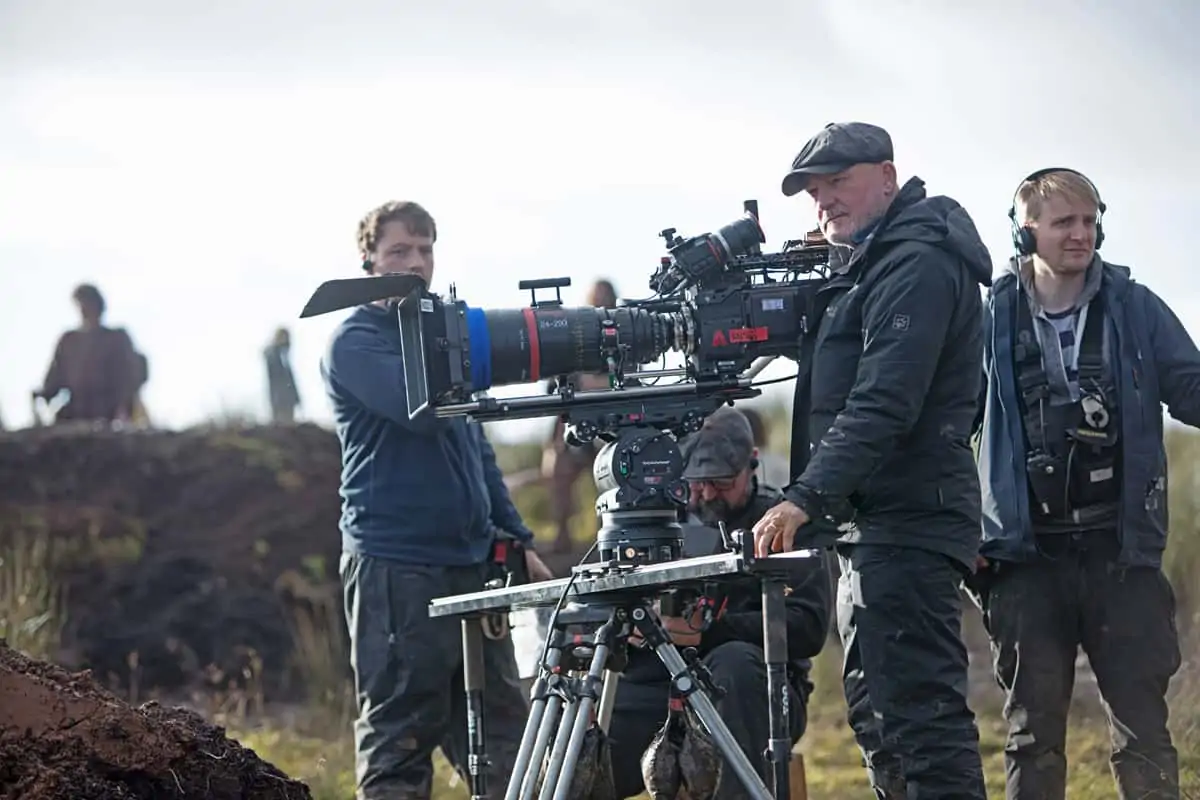Heightened reality
Danny Cohen BSC / The King's Speech
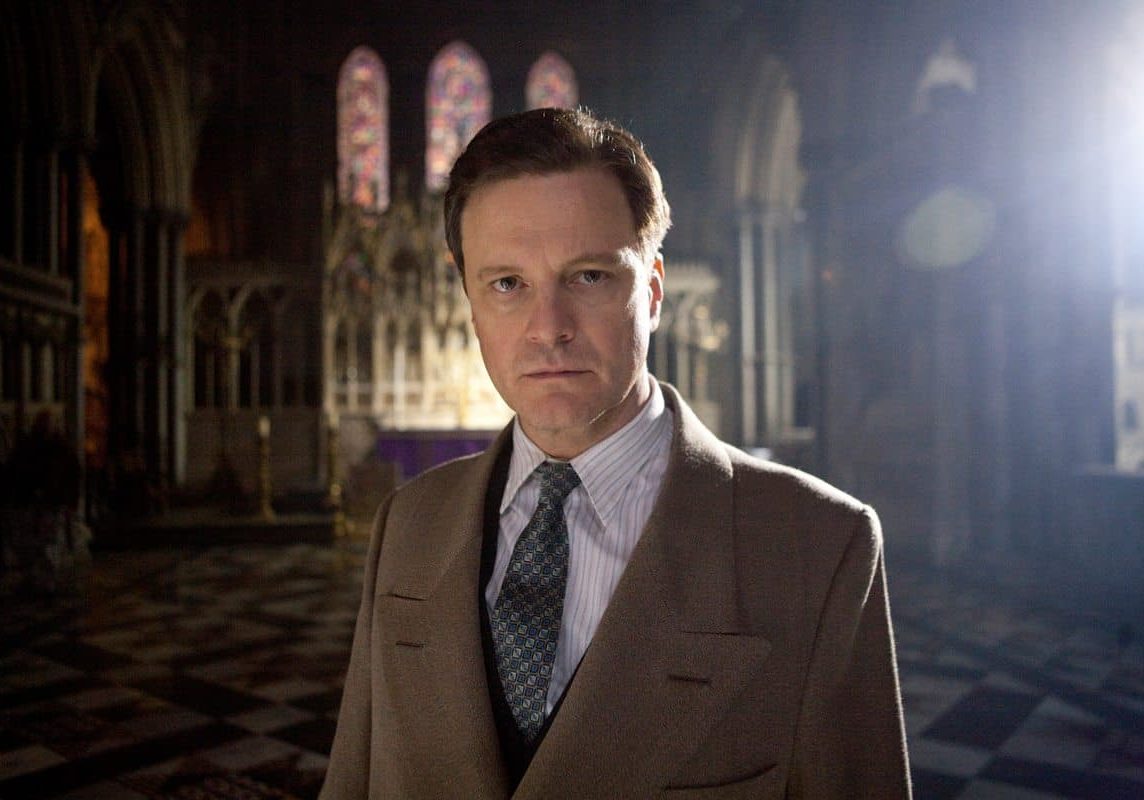
Heightened reality
Danny Cohen BSC / The King's Speech
Period films are a standard entry on the filmographies of most cinematographers these days but few have spanned the centuries like Danny Cohen BSC. From Revolutionary America through the austere years of Britain in the 1940s and '50s to the present day, Cohen has worked on a wide range of styles and subjects, including historical biography, comedy and horror.
His latest is The King's Speech. Hotly tipped for Oscar success after winning in four categories at the British Independent Film Awards, including Best Film, it tells how the Duke of York reluctantly became King George VI after the abdication of his brother, Edward VIII, and overcame a severe stammer to deliver many broadcasts.
The King's Speech reunites Cohen with director Tom Hooper. The two previously worked together on the HBO mini-series John Adams (2008), about the revolutionary leader and second president of the USA, and Channel 4 film Longford (2006), telling the story of the eccentric peer's attempts to win parole for Moors Murderer Myra Hindley
Cohen says Hooper wants his period productions to be as authentic as possible, not just creating a resemblance to the era concerned but giving a sense of how life was at the time.
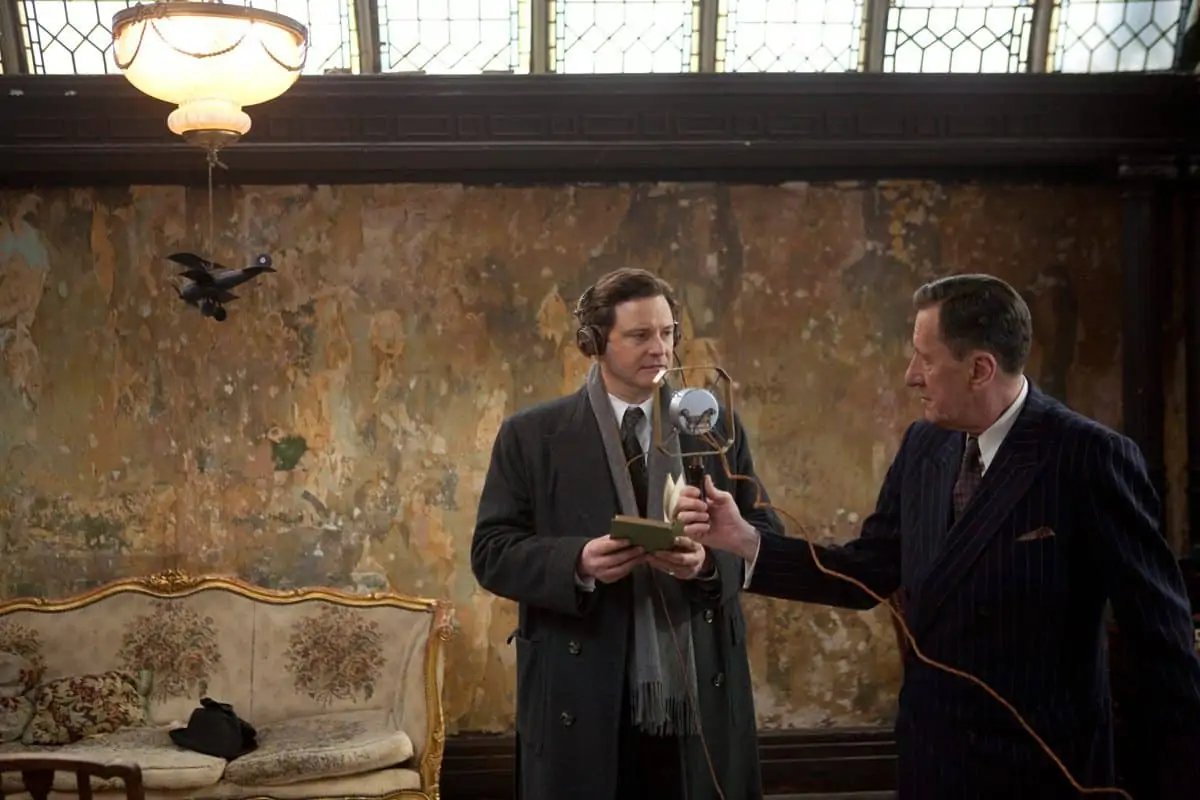
"Tom's not into making historical drama that is pristine and clean looking," he explains. "I shot the episodes of John Adams, produced in Hungary, and Tom was keen to show that America and England of the 18th century would have had crap everywhere - he's into giving a sense of reality."
Britain in 1936 was more sanitary, but Cohen and Hooper approached The King's Speech with the same mentality, attempting to convey the griminess of London back then, when choking pea-souper fogs were common.
"From a cinematographer's point of view I want to give texture and depth to a shot," Cohen says, " so there would be soot on the walls and layers of dirt. If you do things in shorthand you don't go to those lengths, but we had a great production designer [Eve Stewart] and she and I worked together on the look."
Cohen used the BBC documentary series The Thirties In Colour and Bill Brandt's photography as references, but concedes that all these can give is an impression of the times: "They were good pointers, but you can't take them as gospel, particularly the films, because there is a degree of degradation on the images."
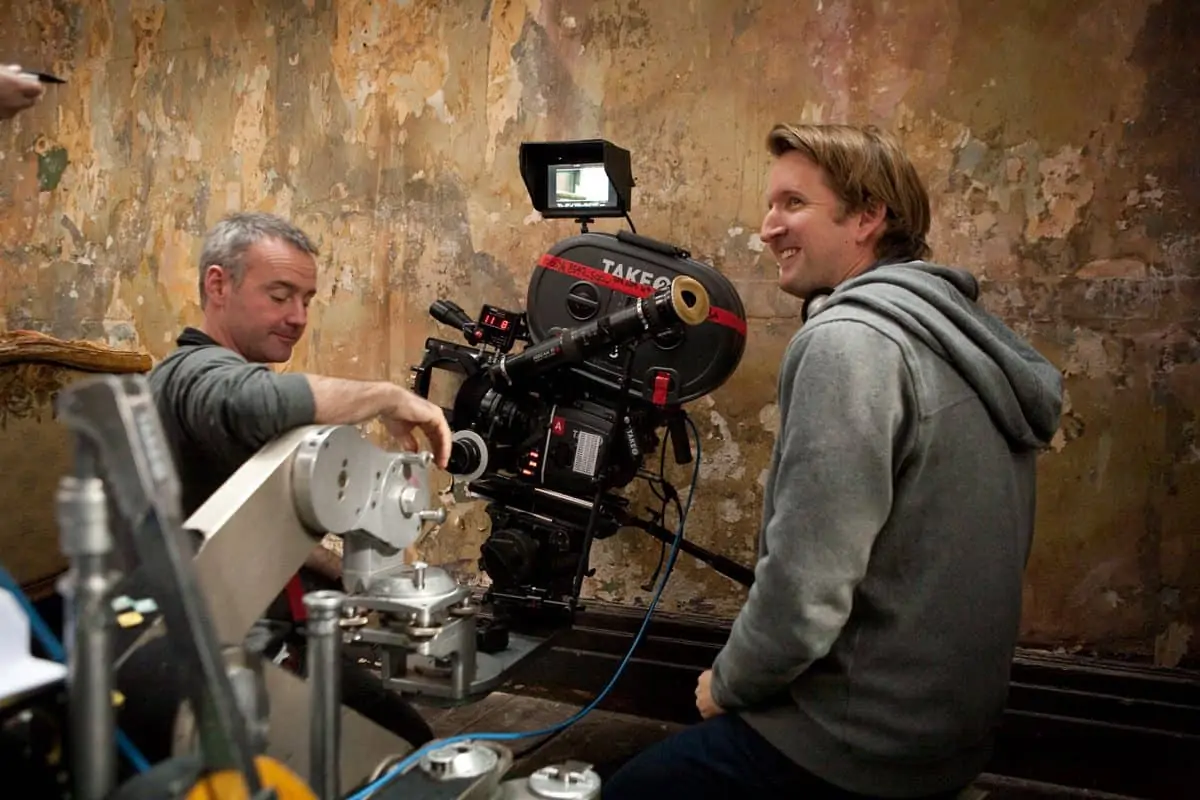
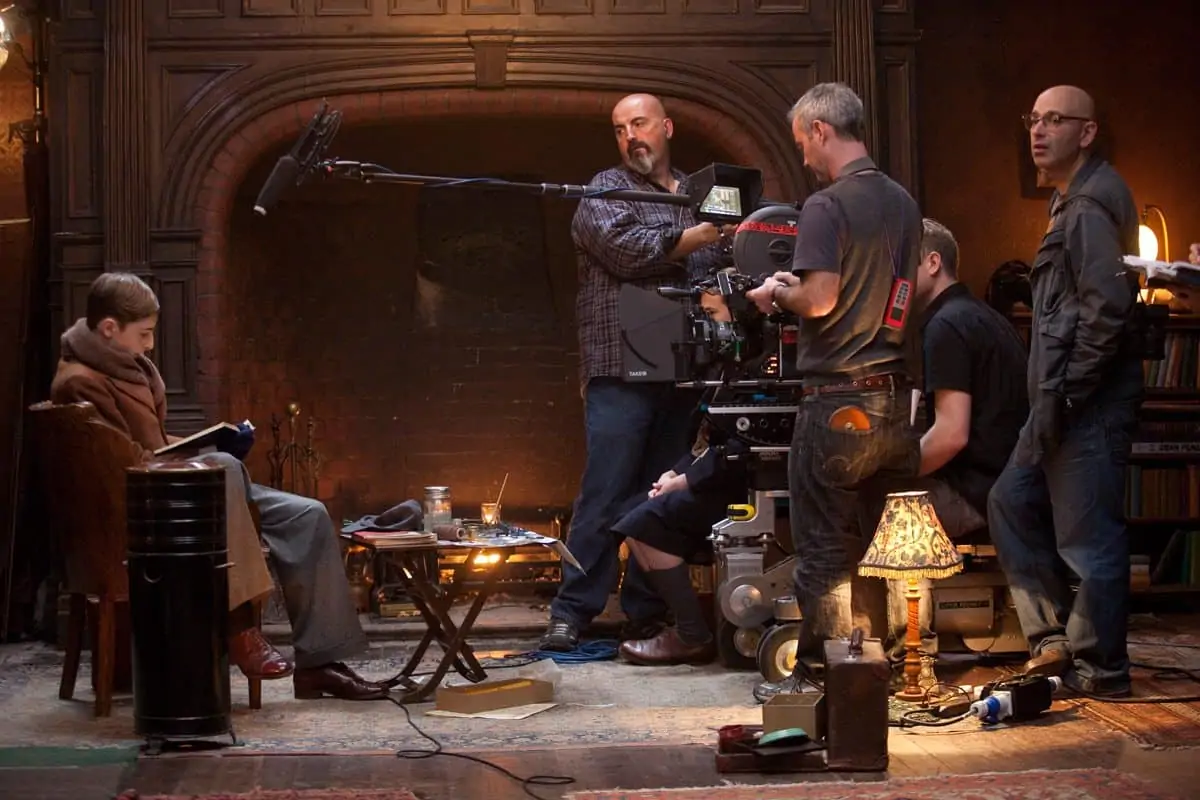
A big part of cinematography, Cohen says, is to get the shoot done and make it believable for the audience, who are watching any period piece from the perspective of today. The majority of The King's Speech was shot on locations late in 2009, with only a few studio set sequences.
Because of the time of year getting enough light for long enough was a constant problem, Despite starting at 8am every day. "We lit the interiors mostly through the windows to give a natural feel and make everything look as authentic as possible," Cohen says.
An example of how Cohen got the large amount of light he needed is the shoot at Lancaster House, which doubled for Buckingham Palace. At the time the building was encased in scaffolding, a fortunate coincidence because Cohen was able to arrange 20 4k HMI lights on the exterior platforms to shine in through the windows.
"We put cotton on the outside to give a consistent look of daylight for the whole day," he says. "I don't think we used any lights on the floor at all for that."
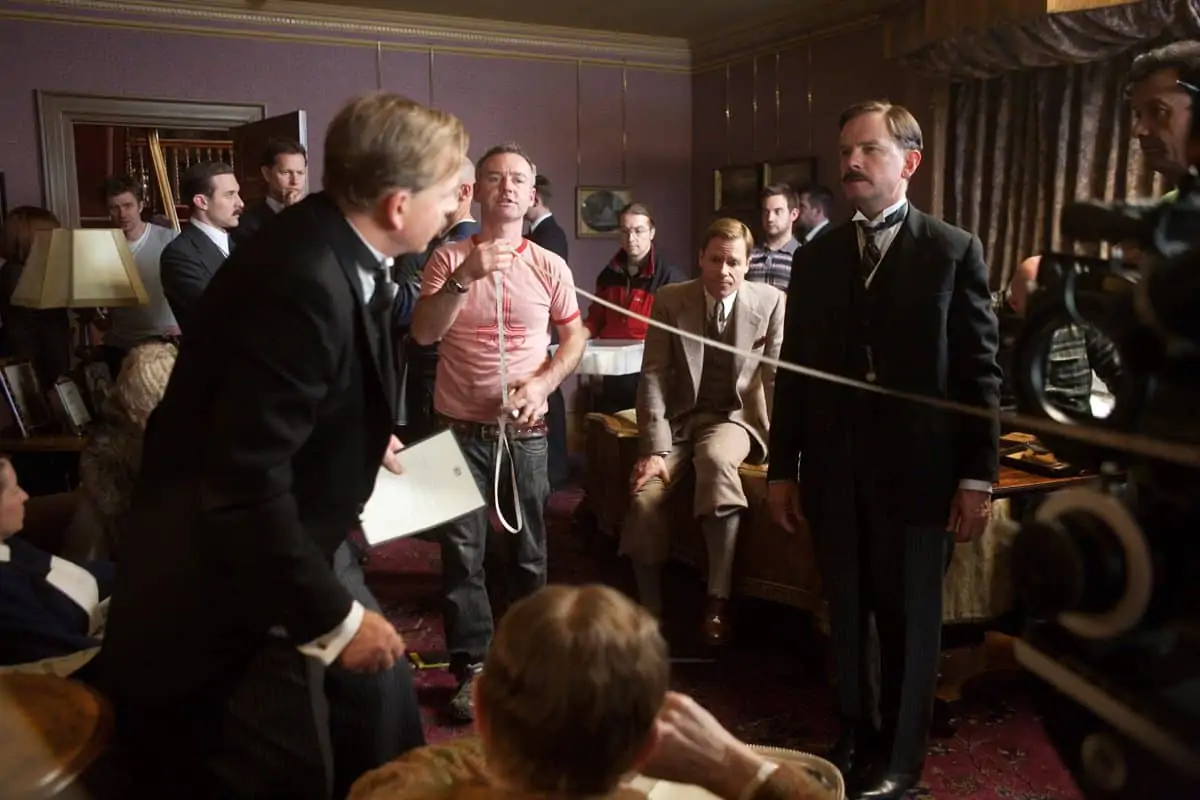
The visual style of The King's Speech has also been defined by the new 3-perf 35mm ETERNA Vivid 500 tungsten Fujifilm stock, which Cohen used in conjunction with Vivid 600T.
"It just offered something different over what I had been using before," he comments. "What I got was the right form of contrasty images - it also gives a slightly skewed feel to the action, a kind of heightened reality."
Cohen says the new stock, combined with the DI grade by Gareth Spensley at Molinare, helped produce the appearance he and Hooper had in mind, although the images did not need to be changed too much in post.
This was a two-camera shoot, using Arricam LTs with Arri Master Prime lenses. Cohen says using an A and B arrangement gives "a lot more coverage", particularly on a short schedule. "There is a balance you have to do, though," he admits. "You can't get the same specific angles for both cameras as you would with a single camera and you won't necessarily have the ideal light for the second, but this way of working gives more options for the editor."
Cohen used "all sorts of rigs", with sequences involving handheld cameras, Steadicams, cranes and dollies. "We weren't too prescriptive with that, we mixed it all up," he says. A sequence for which Cohen says it "made sense to use a Steadicam" was of George, played by Colin Firth, walking in Regents Park on a foggy afternoon with Lionel Logue, the speech therapist who helped him (Geoffrey Rush). "It gave the movement we needed and worked really nicely," Cohen explains.
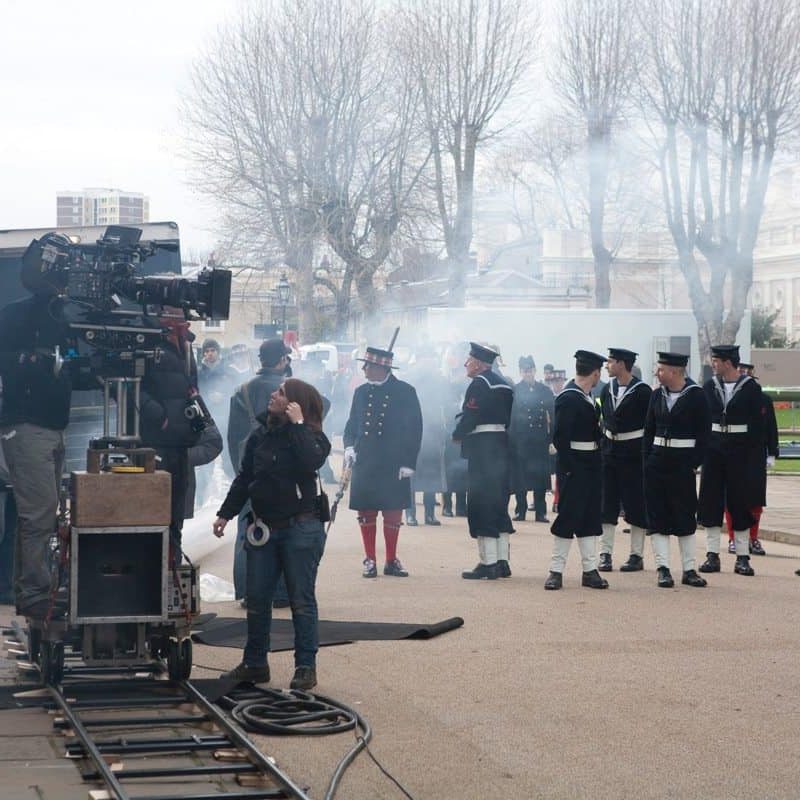
"From a cinematographer's point of view I want to give texture and depth to a shot, so there would be soot on the walls and layers of dirt. "
- Danny Cohen BSC
Cohen has now made three films with Tom Hooper. Other directors he has worked with regularly are Stephen Poliakoff (Joe's Palace and Capturing Mary, 2007), Dominic Savage (Born Equal, 2006, and Dive, 2010) and Shane Meadows (This Is England, 2006, and This is England '86, 2010). The cinematographer sees forming regular working relationships with directors making sense, not just from a practical work perspective but also creatively: "You get to know how the other person ticks and they know your strengths and weaknesses. In both situations we're able to push each other and produce interesting stuff. If that doesn't happen you can just stagnate."
Danny Cohen's next film could be regarded as a shift from the sublime to the ridiculous: Johnny English Reborn, the sequel to the 2003 film about the eponymous bumbling secret agent, played by Rowan Atkinson. Cohen does not see this as a major change in pace. "Not all films are the same, but in a weird way there is a similarly because there are the same problems. We'll have big sets on this one and a bigger budget, but my job is still to make everything work effectively. The material is different, but it's exactly the same process."

